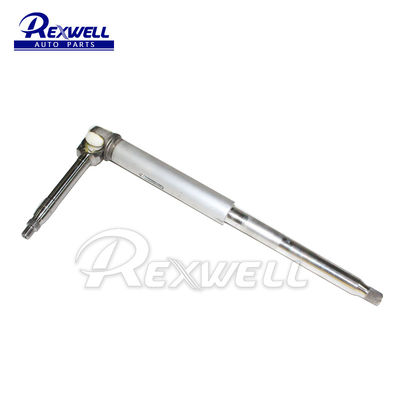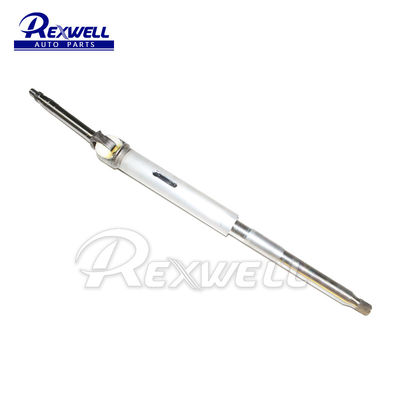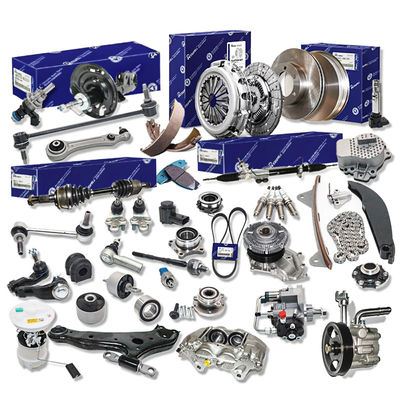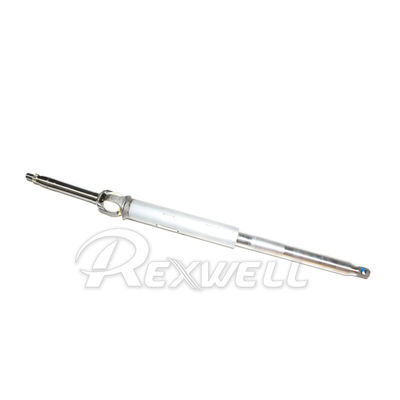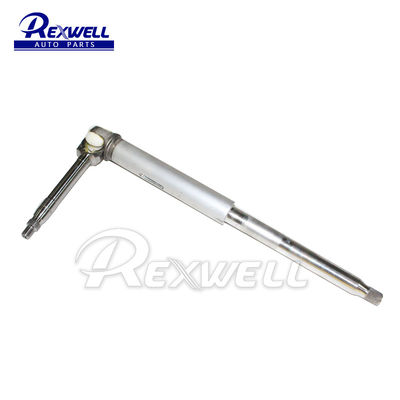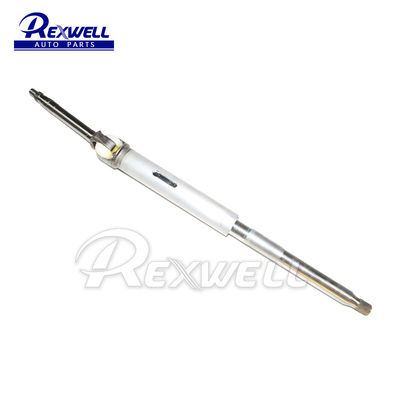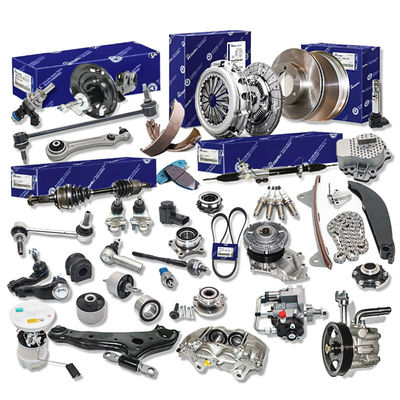-
Toyota Auto Parts
-
Nissan Auto Parts
-
Hyundai Auto Parts
-
Spark Plugs And Ignition Coil
-
Car Shock Absorbers
-
Auto Suspension Parts
-
Auto Transmission Parts
-
Auto Brake Parts
-
Auto Engine Parts
-
Car Sensor Parts
-
Timing Chain Kit
-
Car Water Pump
-
Auto Steering Parts
-
Belt Tensioner And Pulley
-
Car Filters
-
Other Auto Parts
Toyota FJ Cruiser Steering Main Shaft 4521035240 For GRJ120 RZJ120 TRJ120 GSJ15 4runner Lexus

Contact me for free samples and coupons.
WhatsApp:0086 18588475571
Wechat: 0086 18588475571
Skype: sales10@aixton.com
If you have any concern, we provide 24-hour online help.
x| Part Name | Steering Main Shaft | Oem Number | 45210-35240 |
|---|---|---|---|
| Car Model | Toyota FJ Cruiser GRJ120 RZJ120 TRJ120 GSJ15 4runner Lexus | Quality | 100% Quality Tested |
| Warranty | 1 Year | Package | Rexwell Or As Customers' Requests |
| Shipment | DHL/UPS/FEDEX/Air Cargo/Sea Shipping | ||
| Highlight | FJ Cruiser Steering main Shaft,4runner Steering main Shaft,4521035240 |
||
Product Description:
The steering shaft, also known as the steering column, is a crucial component in a vehicle's steering system. It is responsible for transmitting steering inputs from the steering wheel to the steering mechanism, allowing the driver to control the direction of the vehicle. Here's a description of the steering shaft and its key characteristics:
-
Construction: The steering shaft is typically a metal tube that connects the steering wheel to the steering gear or rack. It is designed to be rigid and sturdy to withstand the forces and torque applied during steering.
-
Length and Position: The length of the steering shaft varies depending on the vehicle's design and configuration. It extends from the steering wheel, through the vehicle's interior, and connects to the steering gear or rack located near the front wheels. In most vehicles, the steering shaft is positioned vertically, running from the steering wheel down to the steering mechanism.
-
Universal Joints: The steering shaft often incorporates universal joints or flexible couplings at both ends. These joints allow for angular movement and compensate for slight misalignments between the steering wheel and the steering mechanism. They also accommodate the up-and-down movement of the steering column in vehicles with adjustable steering columns.
-
Intermediate Shaft: In some vehicles, an intermediate shaft is used between the upper and lower portions of the steering shaft. The intermediate shaft provides additional flexibility and absorbs vibrations, reducing the transfer of road shocks and steering wheel vibrations to the driver.
Features:
The steering shaft encompasses several features that contribute to its functionality and effectiveness in the vehicle's steering system. Here are some key features of the steering shaft:
-
Structural Integrity: The steering shaft is constructed to be structurally robust and capable of withstanding the forces and torque exerted during steering. It is typically made of high-strength steel or other durable materials to ensure strength and longevity.
-
Telescopic Design: Many modern vehicles incorporate a telescopic steering shaft design. This feature allows the steering column to be adjusted in length, enabling drivers to find a comfortable driving position by bringing the steering wheel closer or farther away from their body.
-
Tilt Adjustment: In addition to telescopic adjustment, some steering shafts offer a tilt adjustment feature. This allows the steering wheel to be tilted up or down, providing further customization of the driving position and enhancing driver comfort.
-
Universal Joints: The steering shaft incorporates universal joints or flexible couplings at both ends. These joints allow for angular movement and compensate for slight misalignments between the steering wheel and the steering mechanism. They accommodate the various angles and motions required for steering, ensuring smooth and responsive operation.
-
Steering Column Lock: Many vehicles are equipped with a steering column lock as a security feature. When the engine is off, the steering column lock engages, preventing unauthorized steering wheel movement and deterring theft.
Technical Parameters:
| Technical Parameters | Values |
|---|---|
| Part Name | Steering main Shaft |
| Oem Number | 45210-35240 |
| Car Model | Toyota FJ Cruiser GRJ120 RZJ120 TRJ120 GSJ15 4runner Lexus |
| Quality | 100% Quality Tested |
| Package | Rexwell Or As Customers' Requests |
| Warranty | 1 Year |
| Shipment | DHL/UPS/FEDEX/Air Cargo/Sea Shipping |
| Related Keywords | toyota camry parts, Toyota Aftermarket Auto Parts, Toyota Hiace parts,Toyota Hilux parts,Toyota Land Cruiser Parts,Toyota Corolla parts,Toyota RAV4 parts,Toyota sienna parts,toyota Innova parts, toyota highlander parts ,Toyota timing belt tensioner,Toyota timing belt |
Applications:
The steering shaft, or steering column, serves several important applications that contribute to safe and efficient vehicle operation. Here are the key applications of the steering shaft:
-
Steering Input Transmission: The primary application of the steering shaft is to transmit steering inputs from the driver's hands on the steering wheel to the steering mechanism. When the driver turns the steering wheel, the rotational motion is transferred through the steering shaft, allowing the wheels to turn accordingly.
-
Steering Control and Maneuverability: The steering shaft enables the driver to have direct control over the direction of the vehicle. By turning the steering wheel, the driver can initiate steering maneuvers, such as making turns, changing lanes, or navigating around obstacles. The steering shaft's responsiveness and precision are crucial for safe and precise steering control.
-
Steering Wheel Adjustability: The steering shaft often incorporates features that allow for adjustability of the steering wheel position. This includes telescopic adjustment to bring the steering wheel closer or farther from the driver, as well as tilt adjustment to adjust the vertical angle of the steering wheel. These features enhance driver comfort and ergonomics, allowing drivers of different sizes to find a comfortable driving position.
-
Steering Column Lock: The steering shaft often includes a steering column lock mechanism as a security feature. When the vehicle is turned off, the steering column lock engages, preventing unauthorized steering wheel movement and deterring theft.
-
Integration of Electrical Components: In modern vehicles, the steering shaft may integrate various electrical components. These can include wiring, connectors, and sensors related to functions such as the horn, airbag system, cruise control, audio controls, and steering angle sensors for advanced driver assistance systems.
Packing and Shipping:
we understand the importance of quality packaging and efficient shipping for our auto parts. That's why we have a comprehensive system in place to ensure that our products arrive at their destination safely and on time.
Our auto parts are carefully packaged to protect them from any potential damage during transportation. We use high-quality materials, such as bubble wrap, Styrofoam, and corrugated cardboard boxes, to ensure that our products are well-protected.
In addition, we also take into consideration the size and weight of our auto parts when selecting packaging materials. This helps to reduce the likelihood of any mishandling or damage during shipping.
We work with trusted and reliable shipping partners to ensure that our products are delivered to our customers safely and efficiently. Our shipping options include ground, air, and sea transportation, depending on the destination and urgency of the order.
For international shipments, we carefully follow all customs regulations and provide all necessary documentation to ensure a smooth delivery process.
We also offer tracking services for our shipments, so customers can easily monitor the progress of their orders and receive timely updates on the estimated delivery time.
we are committed to providing the best packaging and shipping services for our auto parts, so our customers can have a hassle-free experience with our products. Trust us to deliver your auto parts with care and efficiency.
![]()
![]()
![]()
![]()




